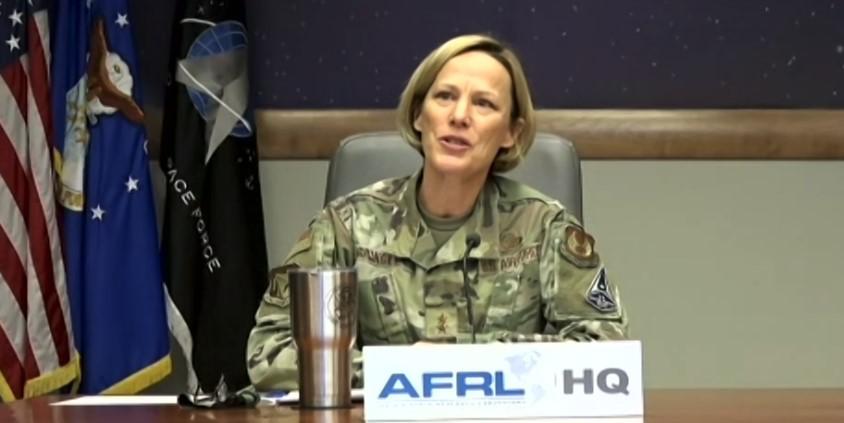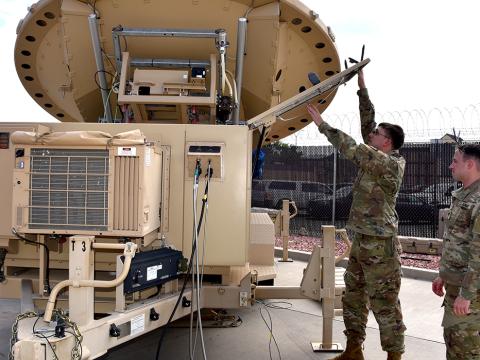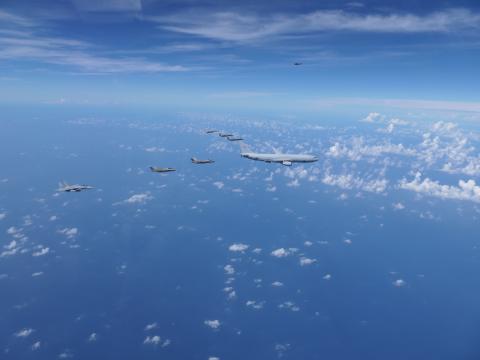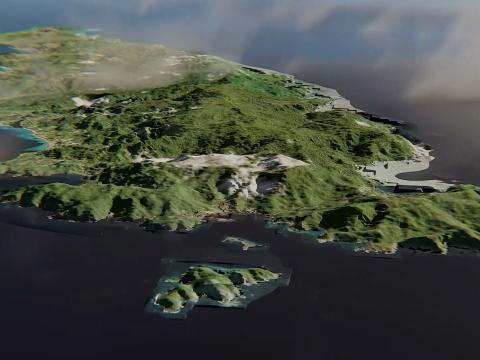AFRL Selects University Teams for Space R&D
Today, the Air Force Research Laboratory, or AFRL, unveiled the two winning groups of the Space University Research Initiative program, the first such university-based research effort for the two-year old U.S. Space Force, which may also result in technology transition to the U.S. Air Force.
Led by the Air Force Office of Scientific Research (AFOSR) and AFRL, the first two Space University Research Initiative, or SURI, projects will examine space logistics and mobility and space domain awareness under two, $1 million per year awards that could span from three to five years, explained AFRL Commander Maj. Gen. Heather Pringle, USAF in a media call to reporters.
“I am really excited about the Space University Research Initiative,” Gen. Pringle said. “It started out as a pilot program and boy, has it grown. It is so important to our Air Force Research Lab mission. We look at academia, the students, the professors, the STEM-focused aficionados, and we want to bring them into our circle so we can better transition those exciting, high-risk, high-reward ideas in science and apply them to technology and advanced development.”
AFRL Cmdr MG Heather Pringle announces the first ever awards of the Space University Research Initiative, the AFRL-funded awards of up to $1M/year for 3-5 years for R&D & prototyping in space logistics, mobility and space domain awareness @AFResearchLab @AFRL_CC @SpaceForceDoD pic.twitter.com/Et2dVauTmW
— Kimberly Underwood (@Kunderwood_SGNL) December 17, 2021
The first winning team—called Breaking the “Launch Once, Use Once” Paradigm—will be led by Principal Investigator Howie Choset, a Kavcic-Moura professor at Carnegie Mellon University (CMU) and a well-known innovator from their Computer Science Department, Robotics Institute and Mechanical Engineering Department, announced Shery Welsh, director, Air Force Office of Scientific Research (AFOSR). Choset will be joined by six other researchers from CMU, Texas A&M, University of New Mexico and the Northrop Grumman Corporation, she said.
To extend the use of current satellites, the team will conduct basic research to enable in-space logistics and servicing including assembly, refueling, repairing and repurposing capabilities, Welch noted. When successful, solutions could to transition to the AFRL’s Space Vehicles Directorate and Northrop Grumman Corporation.
“Using their combined expertise in artificial intelligence, robotics (hard and soft), additive manufacturing, astrodynamics, estimation theory, control and space systems, the team seeks to address the nonexistent capability of on-orbit servicing, assembly and manufacturing in the geosynchronous equatorial orbit belt,” AFRL indicated. “These activities can have implications on many aspects of current satellites and the way they are both designed and operated.”
The second team is led by University of Buffalo’s John Crassidis, a Samuel Capen Chair Professor and SUNY Distinguished Professor, Department of Mechanical and Aerospace Engineering and School of Engineering and Applied Sciences, Welcsh stated. Crassidis is also the director of the school’s Center for Multisource Information Fusion and Center for Space Cyber Strategy and Cyber Security. Joining the professor in the so-called SOURCE team, or Space Object Understanding and Reconnaissance of Complex Events, are six partners from The Pennsylvania State University, Georgia Institute of Technology, Massachusetts Institute of Technology and Purdue University.
The SOURCE team will examine advanced space domain awareness capabilities, including sensors, measurement strategies, data fusion and autonomy, Welsh said. The intent is to aid the Space Force’s ability to track objects in space and provide information to satellite operators about potential collisions and adversarial threats.
“This responsibility becomes more complex as the U.S. returns to the moon alongside numerous other nations and commercial interests,” the AFRL indicated. “These new activities not only increase the number of objects in space but also the volume that must be monitored. Because of the large distances involved, as most Space Force satellites are 36,000 kilometers above the Earth, and the moon is 10 times further than that, a detailed understanding of the thousands of objects on orbit requires increasingly sophisticated methods to detect them in the first place, confidently identify them, predict their trajectories, and understand their characteristics and activities.”
The Air Force organizations opened the SURI funding opportunity in March 2021 and received 40 full proposals, Gen. Pringle reported. The work will encompass both basic and applied research. Andy Williams, deputy technology executive officer for Space Science and Technology (D-TEO) at AFRL, will manage the SURI efforts. Responsible for overseeing AFRL’s role in supporting R&D for the U.S. Space Force mission, Williams was appointed to the position in November.
The AFRL noted that the SURI program adds 14 researchers and approximately 20 students from eight universities and one small business “into the AFRL ecosystem to work on challenges of space power.” Three of the SURI universities—Georgia Institute of Technology, Massachusetts Institute of Technology, and Purdue University—are also part of the USSF University Partnership Program (UPP) created in 2021.





Comments